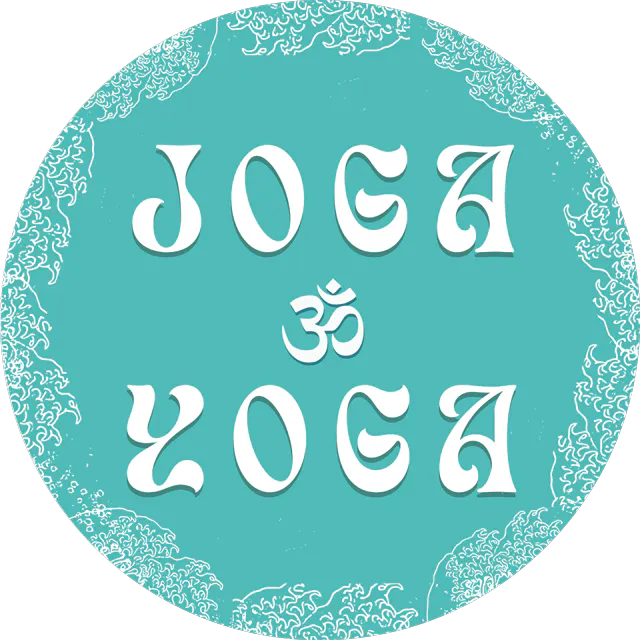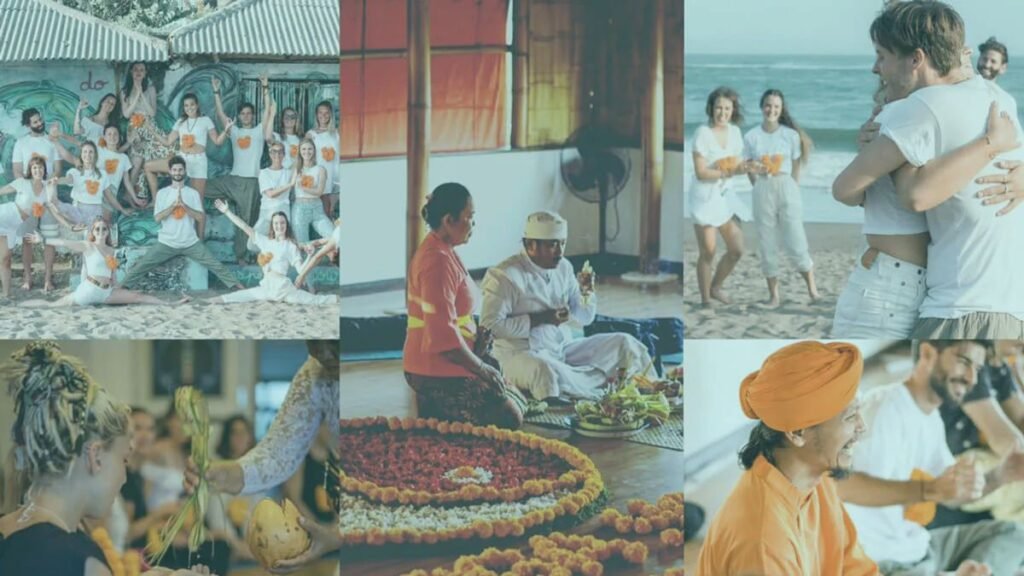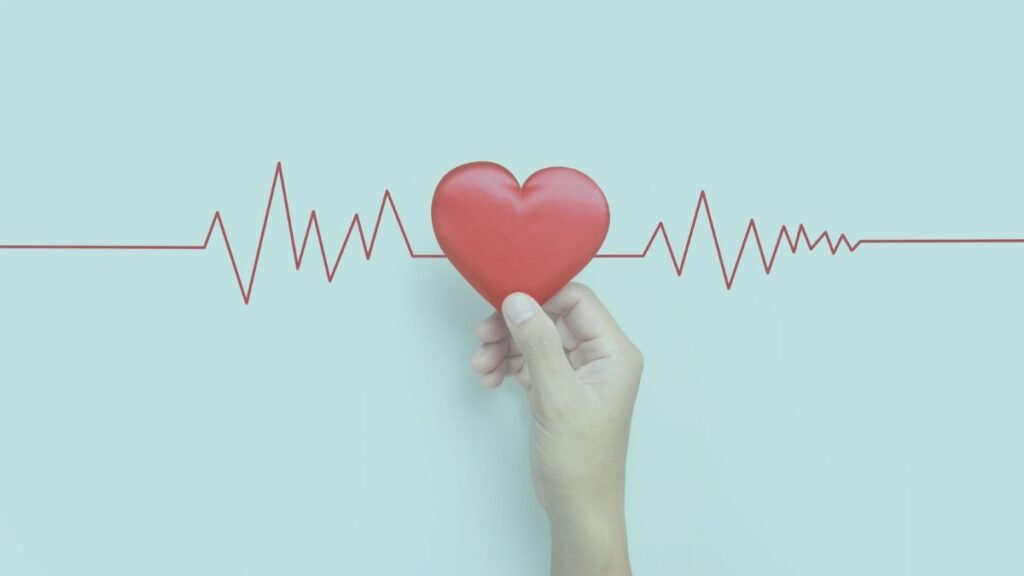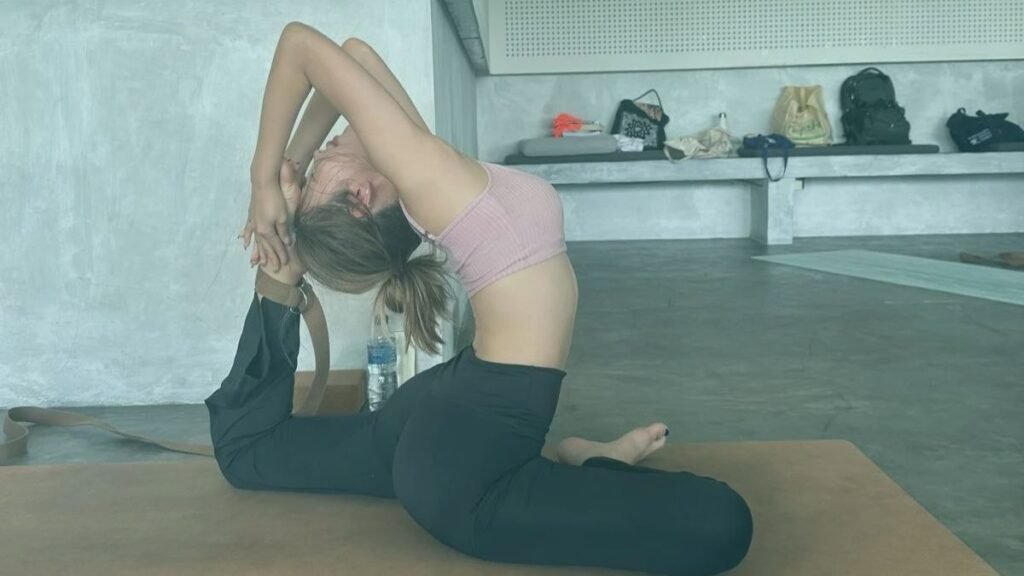Why Your Skeletal System Matters in Yoga
Overview of the Human Skeleton
Your skeletal system is what keeps you standing tall. It’s made of bones, joints, cartilage, and a slippery liquid called synovial fluid.
- Bones are your body’s frame. They give you shape and protect your organs.
- Joints are where two bones meet. They help you bend, stretch, and move.
- Cartilage is a soft cushion between bones so they do not rub or hurt.
- Synovial fluid is like oil for your joints. It helps everything move smoothly.
If your bones and joints are strong, it’s easier to do yoga, walk, and play. If they are weak, even easy poses get hard. To learn more about yoga basics and the body, check our Guide to Yoga Anatomy.
“Skeleton yoga” meaning: from anatomy learning to postural awareness
“Skeleton yoga” is not just for Halloween! In yoga, it means learning how your bones and joints move in every pose.
- You become more aware of your posture and how you stand or sit.
- You learn not to force your body into positions that hurt your bones or joints.
- Good “skeleton yoga” helps you avoid injury and have better form in every class.
Great yoga teachers often use skeleton models to show what is happening inside the body. It’s all about awareness and safety, not just copying a pose.
Read more about pose basics and posture in our Asana Yoga Guide.
Yoga and Bone Health

Yoga and Bone Health
How yoga influences bone density
Yoga helps make your bones stronger. When you hold a pose, you are “weight-bearing”—this tells your bones to become thicker and stronger.
- Your body has special cells called osteoblasts that build new bone.
- It also has osteoclasts that break down old bone.
- Yoga helps balance these cells, so your bones stay strong instead of getting weak.
Yoga’s role in osteoporosis prevention
Osteoporosis means your bones get thin and break easily. It is common as people get older. Yoga is a safe way to help stop bone loss, especially for women after age 50.
- Yoga builds muscle and balance, which means fewer falls and broken bones.
- It also helps your bones hold on to important minerals.
For more tips on healthy aging, visit our Yoga for Healthy Aging article.
Research spotlight: Dr. Fishman’s bone density studies
Dr. Loren Fishman studied yoga’s effect on bones. In one study, women did yoga for 12 weeks and their bone density went up, not down.
- Yoga was safe for people who had never done it before.
- The biggest changes were seen in the spine and hips—places most at risk for breaks.
Best yoga poses for bone strength
Some yoga poses are better than others for building strong bones:
- Mountain Pose (Tadasana): Stretches your whole body and teaches good posture.
- Warrior I, II, and III: Make your legs, hips, and core bones work hard.
- Chair Pose (Utkatasana): Makes your legs and hips strong and helps your spine.
Want more pose ideas? Explore Asana Yoga Guide: From Beginner to Advanced.
Yoga and Posture: Skeletal Alignment Benefits
How yoga corrects common postural issues (kyphosis, lordosis, scoliosis)
Yoga helps fix poor posture by making your back, core, and hips stronger.
- Kyphosis (rounded upper back): Yoga stretches your chest and strengthens your upper back, helping you stand taller.
- Lordosis (swayback): Yoga builds strong abs and glutes so your lower back doesn’t arch too much.
- Scoliosis (curved spine): Yoga lengthens your sides, balances muscles, and may ease pain, but should be done gently.
Yoga doesn’t “cure” scoliosis, but it helps with pain, balance, and confidence. To learn more about yoga for posture and back pain, see Yoga for Posture and Back Pain.
Key posture-improving poses (Cobra, Bridge, Boat, Triangle)
Certain poses target your posture problems fast:
- Cobra Pose: Opens your chest, strengthens your back.
- Bridge Pose: Builds glutes and back muscles for better alignment.
- Boat Pose: Works your core, helping you hold good posture when you sit or stand.
- Triangle Pose: Stretches your sides and legs, helping your body feel balanced.
Hold these poses for a few breaths every day to see steady improvement.

Yoga for Joint Mobility and Flexibility
Effects of yoga on synovial fluid and joint range of motion
Yoga gets your joints moving in all directions.
- Each time you move, your body releases more synovial fluid.
- This “joint oil” helps your knees, hips, shoulders, and spine move smoothly.
- More movement equals less stiffness, better flexibility, and easier daily life.
Best poses for shoulder, hip, knee, and spinal joint health
Some poses are the “MVPs” for your joints:
- Shoulders: Downward Dog, Cow Face Pose
- Hips: Pigeon Pose, Triangle Pose
- Knees: Chair Pose, Warrior II
- Spine: Cat-Cow, Bridge Pose
You don’t have to be bendy. Just move gently, hold, and breathe.
Props and modifications for arthritis/limited mobility
Yoga should not hurt. If you have arthritis or stiff joints, use props:
- Blocks: Bring the floor closer, support tight hips or knees.
- Straps: Help with stretching when you can’t reach.
- Chairs or walls: Give support for balance and safety.
If you’re new, start here: Beginner Yoga.
Yoga and Muscle Strength: Support for the Skeletal System
How muscle strengthening supports bones and joints
Your muscles and bones are a team. Strong muscles mean less stress on your joints and a lower risk of injury.
- When you hold a yoga pose, your muscles “talk” to your bones, telling them to get stronger.
- Muscles also protect your joints by absorbing shock and supporting alignment.
Key strengthening poses (Plank, Chaturanga, Tree, Warrior III)
- Plank Pose: Strengthens your arms, core, and legs.
- Chaturanga: Push-up pose that builds arm and chest strength.
- Tree Pose: Balances and strengthens your ankles, legs, and hips.
- Warrior III: Works your core, legs, and balance all at once.
Sample strength-focused yoga routine
Try this mini-sequence for a full-body strength boost:
- Plank Pose – hold for 20 seconds
- Chaturanga – 5 slow reps
- Tree Pose – 30 seconds per leg
- Warrior III – 20 seconds per leg
- Bridge Pose – 30 seconds
- Child’s Pose – rest
Repeat 2-3 times for best results.
Want more ideas? Check Asana Yoga Guide: From Beginner to Advanced.
Balance, Coordination & Injury Prevention
Why yoga is unique for fall/injury prevention (proprioception, core stability)
Yoga trains your brain and body to work together. This skill is called proprioception—knowing where your body is in space, even with your eyes closed. When you practice yoga, you build strong core muscles and better balance.
- This lowers your chance of falling.
- It helps prevent sprains and broken bones, especially as you get older.
Even simple yoga can do more for fall prevention than most gym workouts. To learn about yoga anatomy and how your body moves, check out our Guide to Yoga Anatomy.
Poses for balance and coordination (Tree, Half Moon, Crow, Warrior III)
These poses are great for improving balance and focus:
- Tree Pose: Stand on one foot, hold for 20–30 seconds.
- Half Moon: Balance on one leg with your top arm reaching up.
- Crow Pose: A fun arm balance that builds wrist, arm, and core strength.
- Warrior III: Balance on one leg, arms out front, making your whole body strong.
Practicing these regularly helps your body respond quickly to slips or stumbles.
Safety tips for bones and joints in yoga
- Always warm up before tough poses.
- Use props or a wall for balance.
- Stop if you feel sharp pain—don’t “push through” it.
- Move slowly into new poses.
- Keep joints slightly bent, not locked.
If you want more injury-prevention tips, see the Guide to Yoga Anatomy.
Yoga for Specific Conditions: Osteoporosis, Arthritis & Injury Recovery
Yoga for osteoporosis (dos/don’ts, supported poses)
- Do: Focus on weight-bearing and balancing poses like Warrior, Chair, and Tree.
- Don’t: Twist or bend your spine deeply (avoid full forward bends and big twists).
- Use support: Wall, chair, or block as needed. Go slow.
Yoga helps increase bone strength and balance, which lowers the risk of falls and breaks.
Yoga for arthritis: gentle flow, joint-friendly tips, pain reduction
- Pick slow, gentle flows with lots of joint movement (Cat-Cow, Child’s Pose).
- Use props to keep joints comfy (block under hands, blanket under knees).
- Warm up well, and don’t force stiff joints.
- Focus on smooth, easy breathing.
Yoga can lower pain, ease stiffness, and make daily movements easier for people with arthritis.
Yoga for injury recovery: protocols for common issues
- For back pain: Try Cat-Cow, Bridge Pose, and gentle twists.
- For knee pain: Chair Pose and supported Warrior II help build strength.
- For shoulder pain: Use Downward Dog and Cow Face with props.
Always check with a health professional before starting yoga after an injury. Go slow and avoid any movement that makes pain worse.

FAQ: Yoga and the Skeletal System
Can yoga help build bone density?
Yes, yoga can help build and maintain bone density. Weight-bearing poses like Warrior, Chair, and Tree tell your bones to get stronger. Research shows regular yoga can slow bone loss and sometimes even increase bone mass, especially in the hips and spine.
Is yoga safe for osteoporosis or arthritis?
Most of the time, yes. Yoga is a gentle, low-impact exercise that can help people with osteoporosis or arthritis improve strength, flexibility, and balance.
- Use props for support.
- Avoid deep twists and strong forward bends if you have weak bones.
- Always check with your doctor first and start with a beginner class or private lesson.
What are “skeleton yoga” poses?
“Skeleton yoga” poses are yoga postures that focus on the bones, joints, and body alignment.
Good examples include Mountain, Warrior, Bridge, Triangle, and Tree. These poses help you learn good posture and keep your bones and joints strong.
For more, check out our Asana Yoga Guide.
Which poses are best for posture?
Poses that build back and core strength are best for posture. Try:
- Cobra
- Bridge
- Boat
- Triangle
Practicing these daily helps you stand and sit straighter.
See more in our Yoga for Posture and Back Pain guide.
How often should I practice yoga for bone and joint health?
Aim for 2–4 sessions per week. Even 15–30 minutes a day can make a big difference. Consistency is more important than long classes.
Can yoga replace chiropractic care?
Yoga and chiropractic care are different. Yoga helps keep your body strong, balanced, and flexible, which can prevent problems and pain. Chiropractors fix specific joint issues. For many people, yoga is enough to keep them feeling good, but always ask your doctor if you have pain that doesn’t go away.
Read more: Is doing yoga better than chiropractor?






